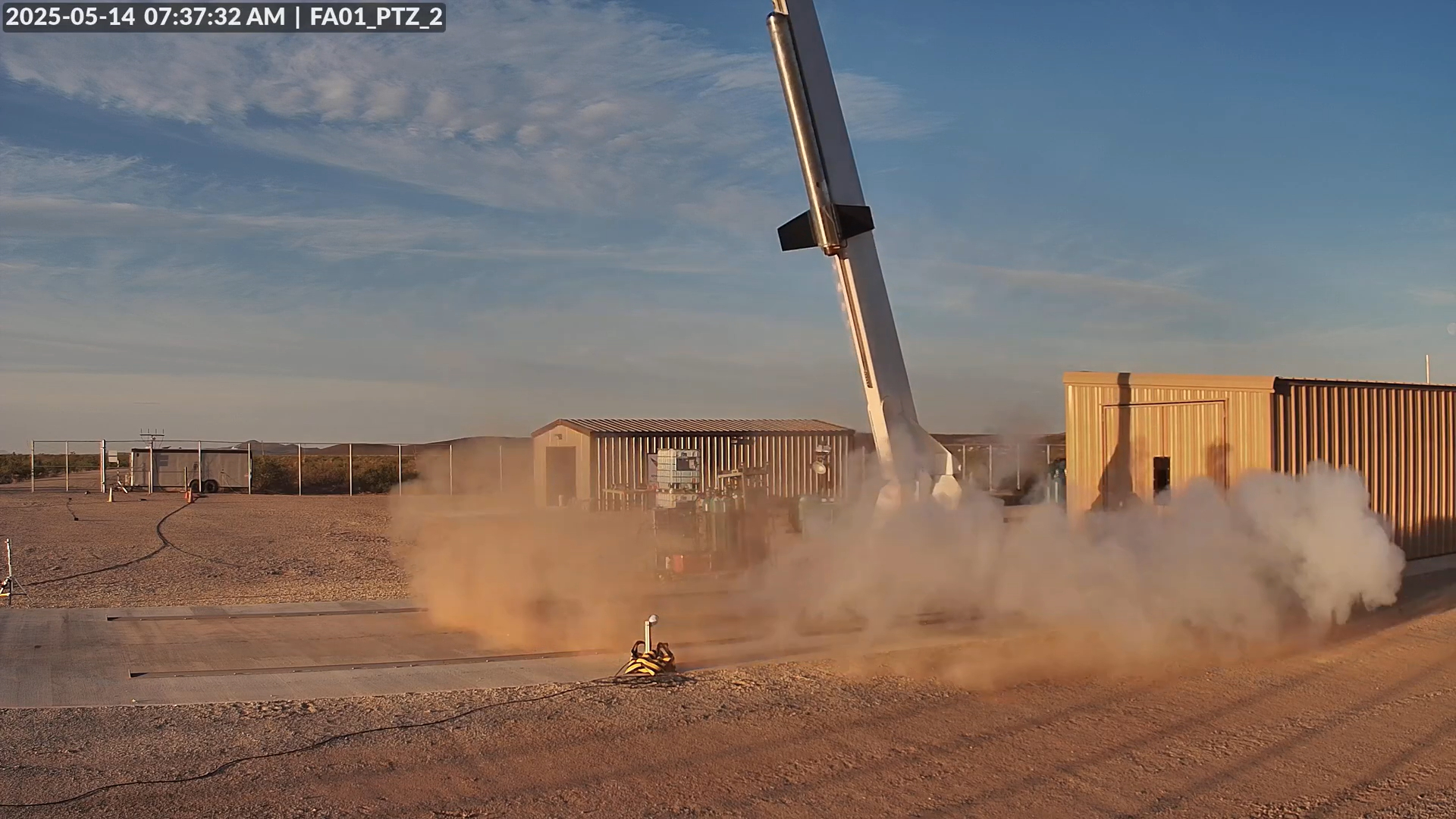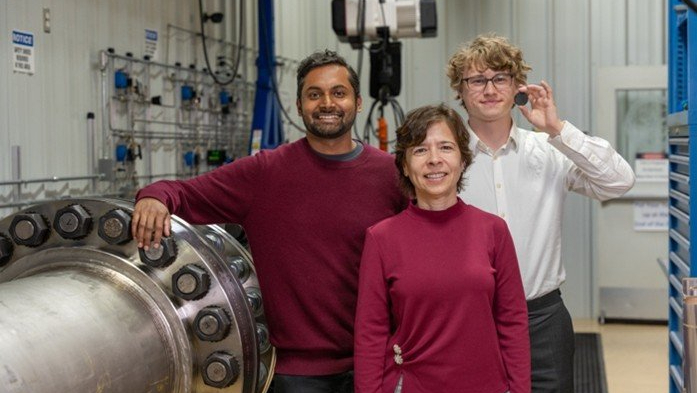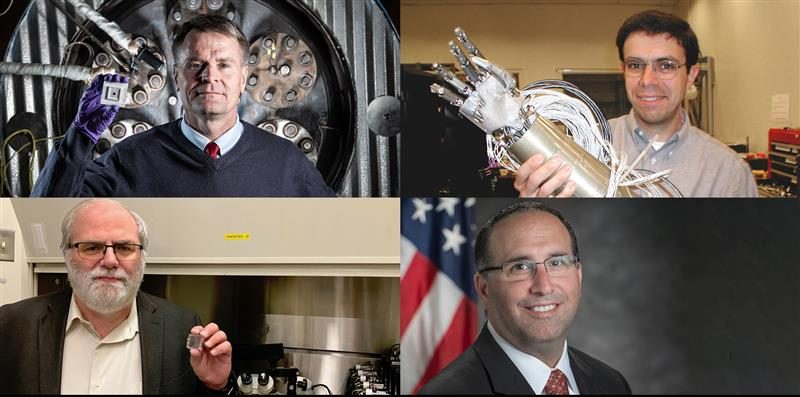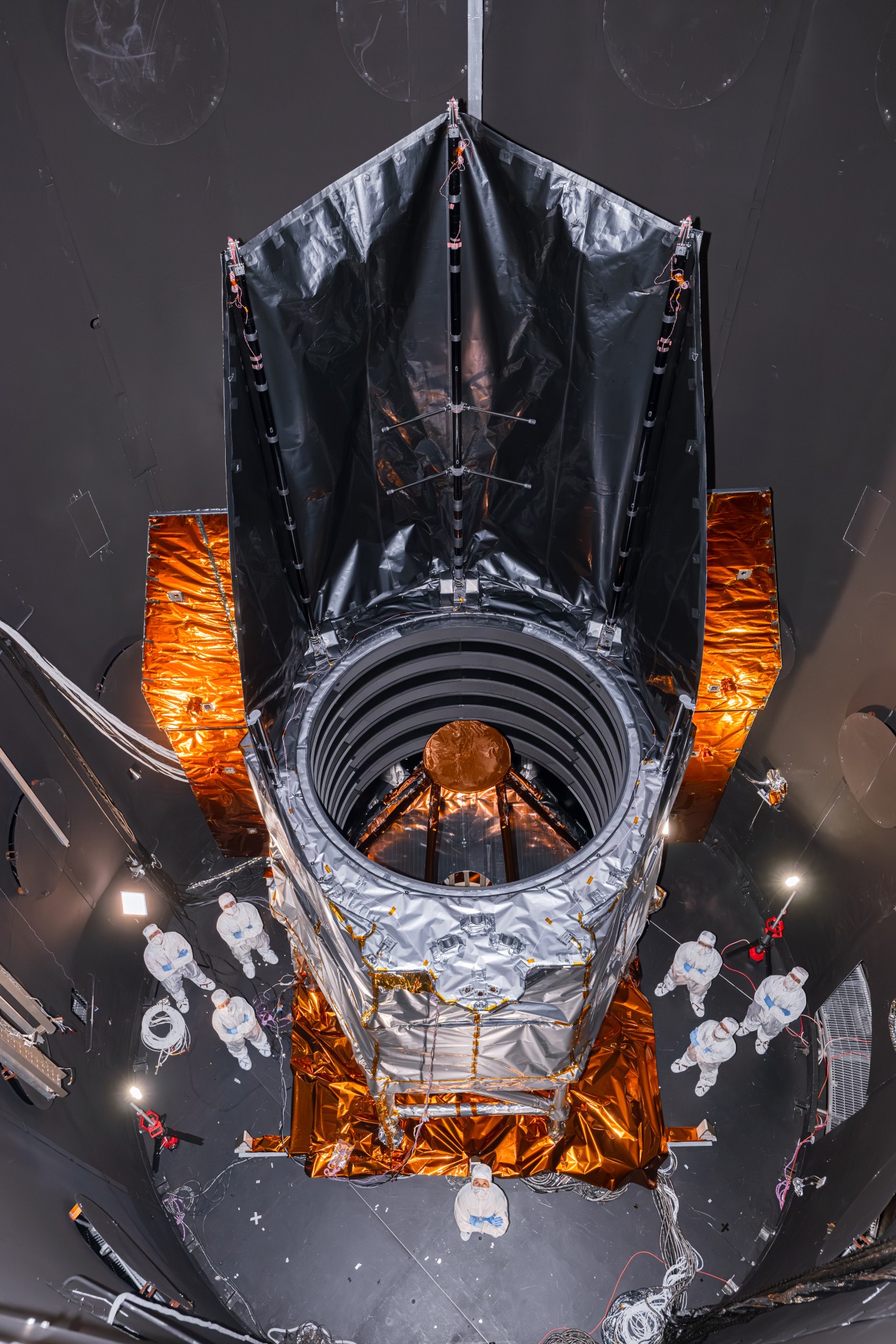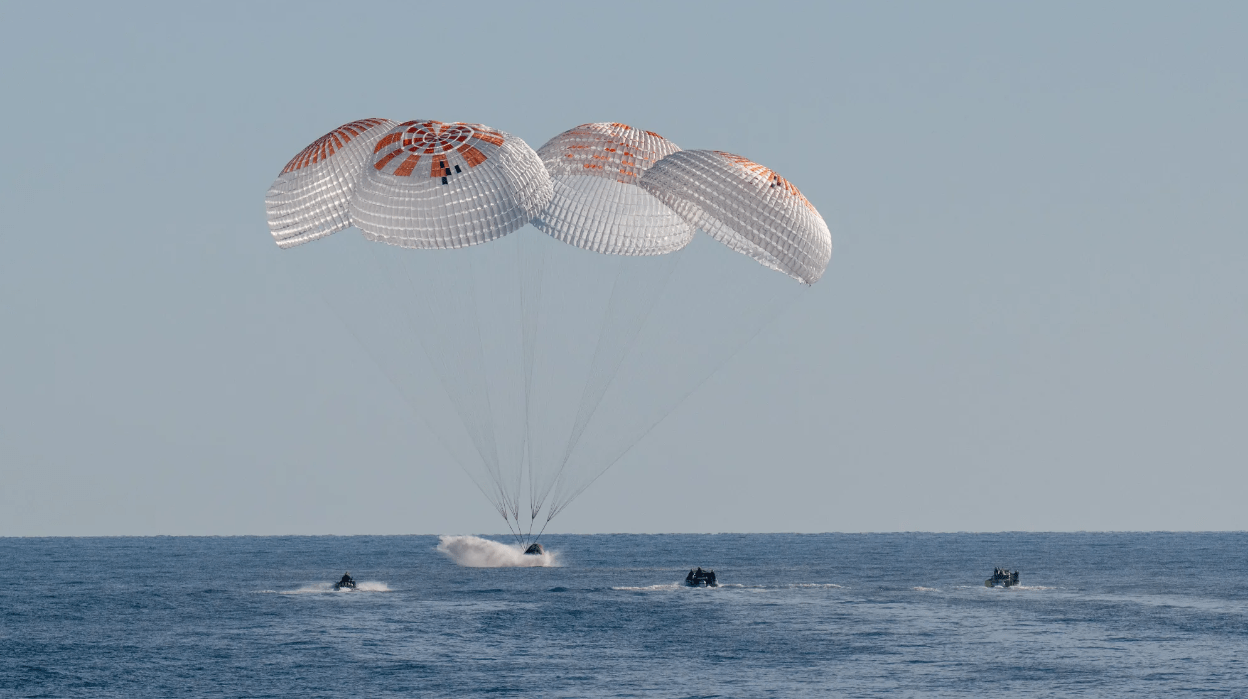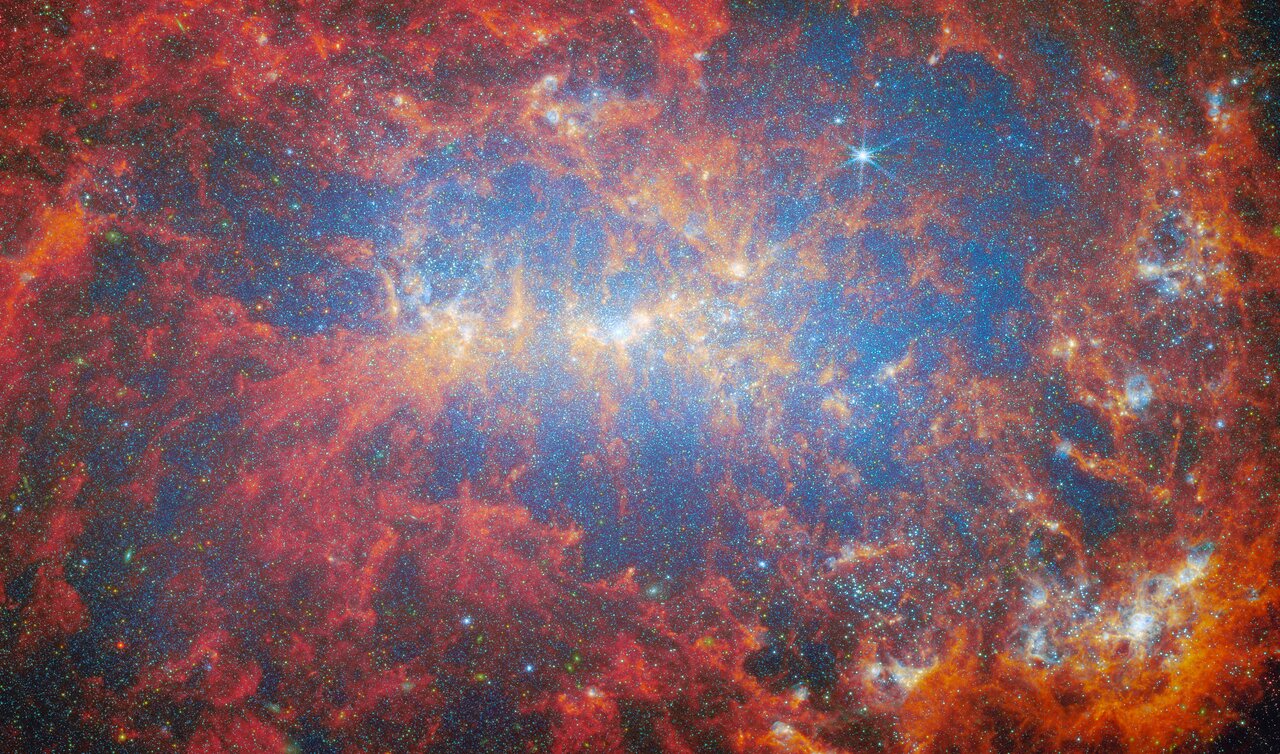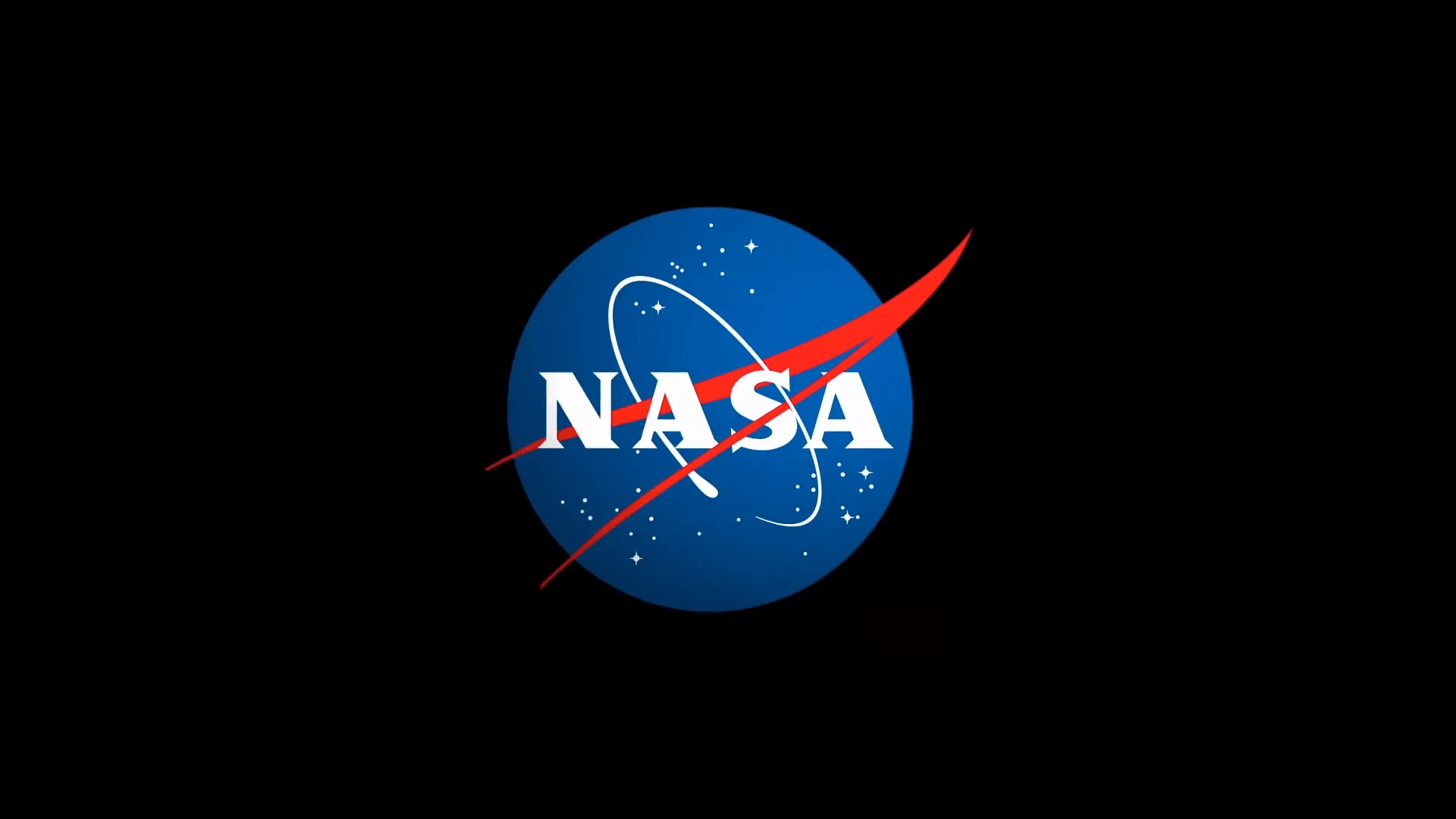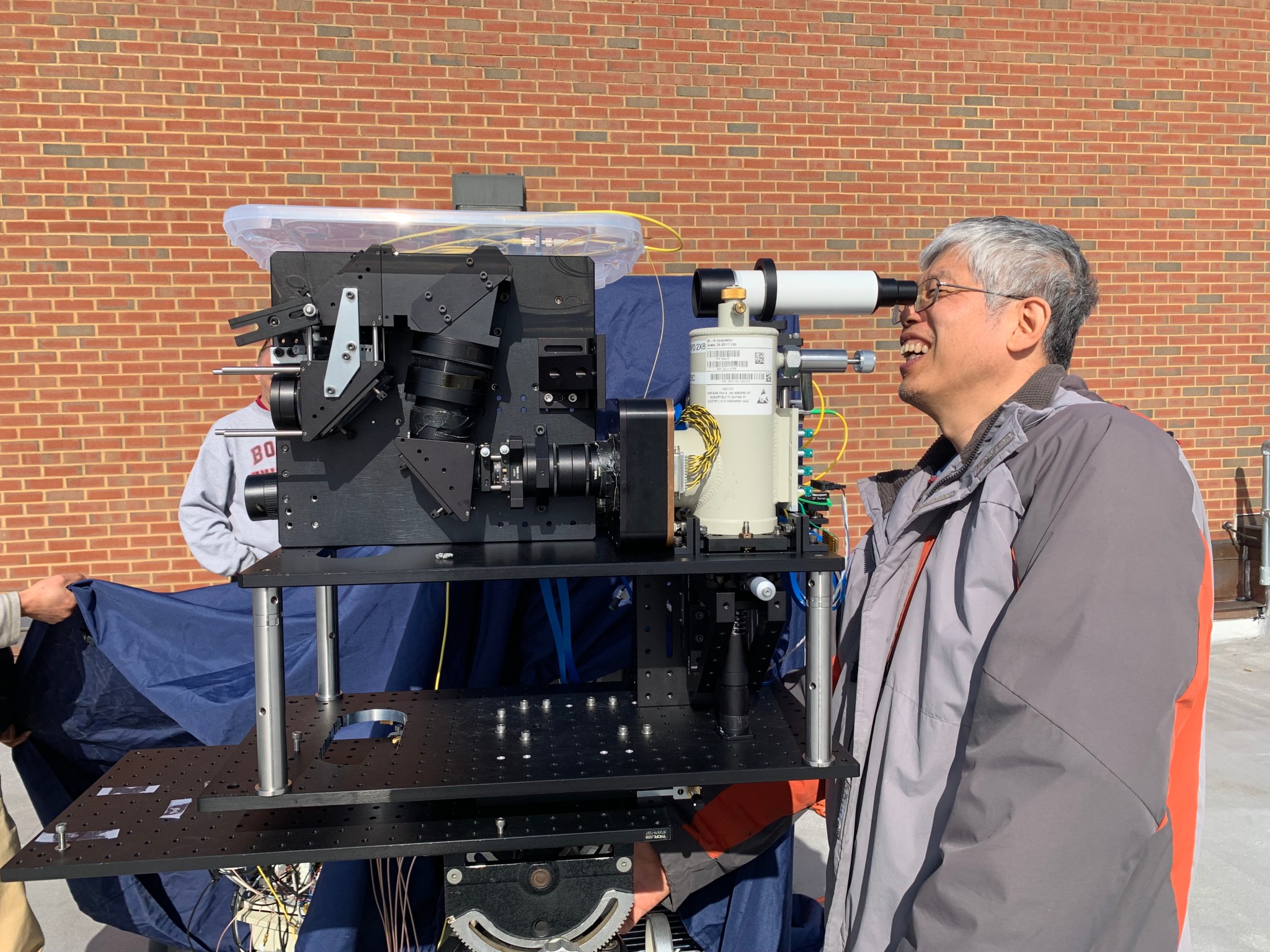Star projectors have become a must-have gadget for a wide range of consumers, captivating everyone from space enthusiasts and movie fans to gamers and party hosts. Users often want to create an immersive environment, to add another dimension to the atmosphere, and these handy little gadgets have given us a means to do this quickly, easily and more affordably than ever before. We’ve reviewed a ton of models, and they all offer different ways to change the vibe of a room. Some just project lasers, some combine lasers and pretty…
Read MoreTag: Technology
Venus Aerospace debuts potentially revolutionary rocket engine with landmark 1st flight (video)
Houston-based startup Venus Aerospace has completed the first-ever test flight of a rotating detonation rocket engine (RDRE) in the United States. The launch took place on Wednesday (May 14) from Spaceport America in New Mexico. A small rocket equipped with Venus’ RDRE lifted off at 9:37 a.m. EDT (1337 GMT; 7:37 a.m. local time in New Mexico). The milestone marked the first successful test of such an engine from U.S. soil and took Venus a “step closer to making high-speed flight accessible, affordable and sustainable,” the company said in a…
Read MoreHow do you keep reusable spacecraft cool during reentry? Make them ‘sweat’
An innovative approach for fully reusable spacecraft suggests making them “sweat” to survive the scorching heat during reentry to Earth’s atmosphere, allowing them to land ready for another flight. A research team from Texas A&M University has partnered with Canopy Aerospace to develop and test a 3D-printed material that releases or “sweats” a coolant gas to protect spacecraft from the intense heat encountered when travelling back to Earth at high speeds. This innovative design uses a method called transpiration cooling, whereby a layer of gas is released along the vehicle’s…
Read MoreMeet Four NASA Inventors Improving Life on Earth and Beyond
3 min read Preparations for Next Moonwalk Simulations Underway (and Underwater) When most people think of NASA, they picture rockets, astronauts, and the Moon. But behind the scenes, a group of inventors is quietly rewriting the rules of what’s possible — on Earth, in orbit, and beyond. Their groundbreaking inventions eventually become technology available for industry, helping to shape new products and services that improve life around the globe. For their contributions to NASA technology, we welcome four new inductees into the 2024-2025 NASA Inventors Hall of Fame A robot for…
Read MoreKey Portion of NASA’s Roman Space Telescope Clears Thermal Vacuum Test
One half of NASA’s nearly complete Nancy Grace Roman Space Telescope just passed a lengthy test to ensure it will function properly in the space environment. This photo shows half of the NASA’s Nancy Grace Roman observatory — the outer barrel assembly, deployable aperture cover, and test solar arrays — fully deployed in a thermal chamber at NASA’s Goddard Space Flight Center in Greenbelt, Md., for environmental testing. Credit: NASA/Sydney Rohde “This milestone tees us up to attach the flight solar array sun shield to the outer barrel assembly, and…
Read MoreNASA Soars to New Heights in First 100 Days of Trump Administration
NASA astronauts Nick Hague, Suni Williams, Butch Wilmore, and Roscosmos cosmonaut Aleksandr Gorbunov land in a SpaceX Dragon spacecraft in the water off the coast of Tallahassee, Florida on March 18, 2025. Hague, Gorbunov, Williams, and Wilmore returned from a long-duration science expedition aboard the International Space Station. Credit: NASA/Keegan Barber Today is the 100th day of the Trump-Vance Administration after being inaugurated on Jan. 20. In his inaugural address, President Trump laid out a bold and ambitious vision for NASA’s future throughout his second term, saying, “We will pursue…
Read MoreNASA Reveals Semifinalists of Power to Explore Challenge
Explore This Section RPS Home About About RPS About the Program About Plutonium-238 Safety and Reliability For Mission Planners Contact RPS Systems Overview Power Systems Thermal Systems Dynamic Radioisotope Power Missions Overview Timeline News Resources STEM Power to Explore Contest FAQ 4 min read NASA Reveals Semifinalists of Power to Explore Challenge A word cloud showing “superpowers” of the 45 semifinalists. NASA/David Lam NASA selected 45 student essays as semifinalists of its 2024-2025 Power to Explore Challenge, a national competition for K-12 students featuring the enabling power of radioisotopes. Contestants…
Read MoreNASA Scientists, Engineers Receive Presidential Early Career Awards
This image from NASA’s James Webb Space Telescope shows the dwarf galaxy NGC 4449. ESA/Webb, NASA & CSA, A. Adamo (Stockholm University) and the FEAST JWST team President Biden has named 19 researchers who contribute to NASA’s mission as recipients of the Presidential Early Career Award for Scientists and Engineers (PECASE). These recipients are among nearly 400 federally funded researchers receiving the honor. Established in 1996 by the National Science and Technology Council, the PECASE Award is the highest honor given by the U.S. government to scientists and engineers who…
Read MoreNASA Selects Four Commercial Companies to Support Near Space Network
NASA has selected multiple companies to expand the agency’s Near Space Network’s commercial direct-to-Earth capabilities services, which is a mission-critical communication capability that allows spacecraft to transmit data directly to ground stations on Earth. The work will be awarded under new Near Space Network services contracts that are firm-fixed-price, indefinite-delivery/indefinite-quantity contracts. Project timelines span from February 2025 to September 2029, with an additional five-year option period that could extend a contract through Sept. 30, 2034. The cumulative maximum value of all Near Space Network Services contracts is $4.82 billion. Some…
Read MoreNASA Goddard Lidar Team Receives Center Innovation Award for Advancements
NASA researchers Guan Yang, Jeff Chen, and their team received the 2024 Innovator of The Year Award at the agency’s Goddard Space Flight Center in Greenbelt, Maryland, for their exemplary work on a lidar system enhanced with artificial intelligence and other technologies. Engineer Jeffrey Chen tests a lidar prototype on the roof of Building 33 at NASA’s Goddard Space Flight Center in Greenbelt, Md. Chen and his team earned the center’s 2024 Innovator of the Year award for their work on CASALS, a lidar system enhanced with artificial intelligence and…
Read More
